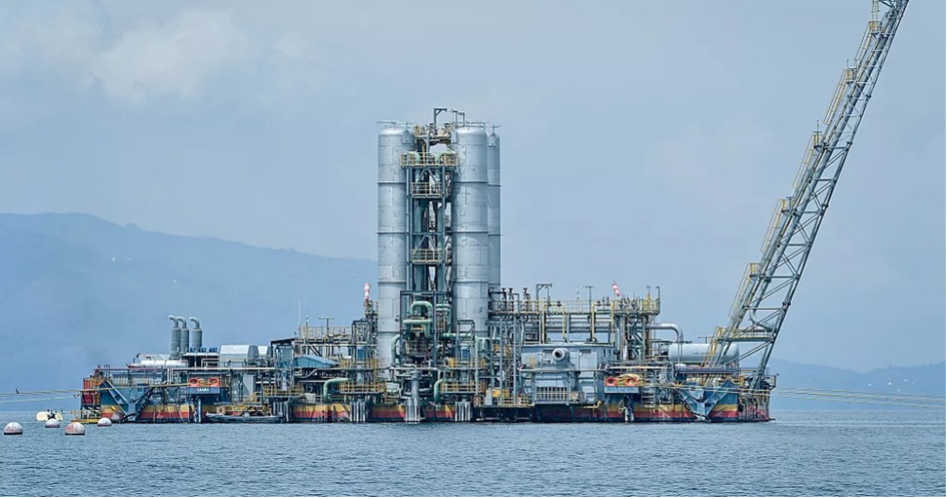E4D Fellow: Jean Modeste Mushimiyimana
Development of an early warning modelling tool for a large lake affected by methane harvesting, volcanism, and climate change

Project duration: 2024-2028
Supervisor at ETH Zurich: Prof. Dr. Nicolas Gruber (Department of Environmental Systems Science)
Co-Supervisor at Eawag: Dr. Martin Schmid (external page Applied System Analysis)
Collaborator: Mr. Eric Ruhanamirindi Mudakikwa, Rwanda Environment Management Autorithy (REMA)
Partner institutions: external page REMA, Rwanda
Contact:
Project Description
Lake Kivu, one of the African Great Lakes covering more than 2,300 km2, is situated in an active volcanic region on the border between two neighbouring countries: Rwanda and the Democratic Republic of Congo. It provides livelihoods to around 5.7 million people living in the two riparian countries. However, the lake has gained notoriety for its extremely high amounts of dissolved carbon dioxide and methane (approximately 300 km3 and 60 km3, respectively) that are vulnerable to catastrophic gas eruptions. This issue poses a threat to the lake ecosystem and human lives around the lake. In fact, it is worth noting that in 1986, two Cameroonian lakes, Nyos and Monoun, experienced gas eruptions, which resulted in the tragic deaths of over 1,700 people due to the toxic release of carbon dioxide. The danger and potential for such a gas eruption in Lake Kivu could be even more catastrophic, especially considering its larger size and the fact that more than 2 million people live near the lake's shore.
In the last two decades, the dissolved methane gas in Lake Kivu has been found to be a valuable natural resource for energy use. Consequently, a project to extract methane from the lake was initiated in 2009, serving the dual purpose of generating electricity and reducing the amount of dissolved gases in the lake to mitigate the risk of gas eruption.

According to the Rwanda Environment Management Authority (REMA), the KivuWatt Power Plant has been producing over 26 MW since 2016, and Shema Power Lake Kivu Limited is constructing a 56 MW plant, with further extensions expected to increase total production to approximately 200 MW in the future. Additionally, agreements have been signed between the Rwandan government and other companies, including Gasmeth, for the extraction of methane from Lake Kivu for various purposes, such as cooking and fuel for cars. However, it should be noted that methane extraction from Lake Kivu has significant effects that are not fully understood and could have a negative impact on the lake ecosystem or increase the probability of a gas eruption from the lake.
REMA plays a crucial role in monitoring Lake Kivu under such extraction operations, with the potential goal of benefiting from the lake's resources without risking a gas eruption or sacrificing the lake’s ecological integrity. However, there remains a need for stronger long-term monitoring to gain a more comprehensive understanding of the lake's changes resulting from human uses, including methane harvesting, and other natural aspects. Therefore, aligning with the goal of the Engineering for Development (E4D) program, this project aims to support REMA in the sustainable management of Lake Kivu and its resources, with a specific focus on maximizing local community benefits derived from the lake's valuable resources and conducting comprehensive risk assessments to facilitate informed decision-making. The main focus of the project is to develop a user-friendly modelling tool that can be used to easily monitor the lake.
Lake Kivu is exposed to various human and natural influences, including methane harvesting, climate change, and volcanism. Under this project, an existing model adapted for Lake Kivu will be used to develop a user-friendly modelling tool based on the latest scientific understanding of the lake. The model will be enhanced by integrating the combined effects of methane extraction, climate change, and volcanic activity, and by linking it with the lake’s observational database. Thus, the modelling tool will not only explore the expected impacts of different scenarios for methane extraction, but also serve as an early warning system for unexpected changes in the lake, providing alerts for potential changes in the lake’s water column caused by either methane harvesting or volcanic activity.